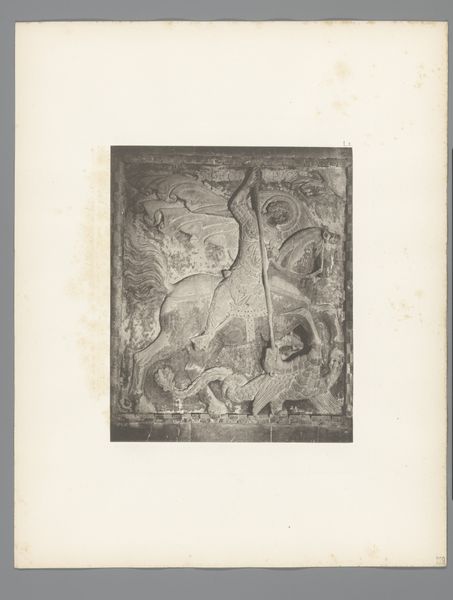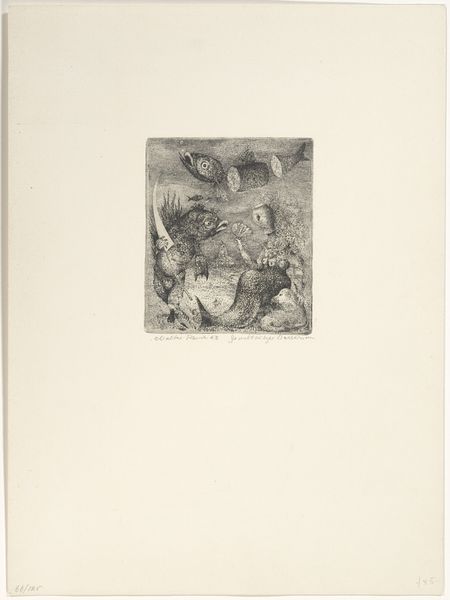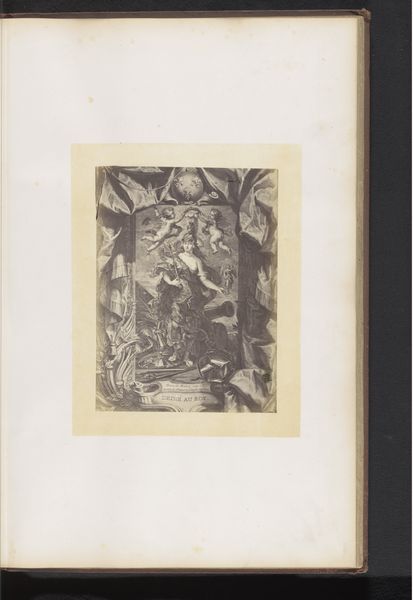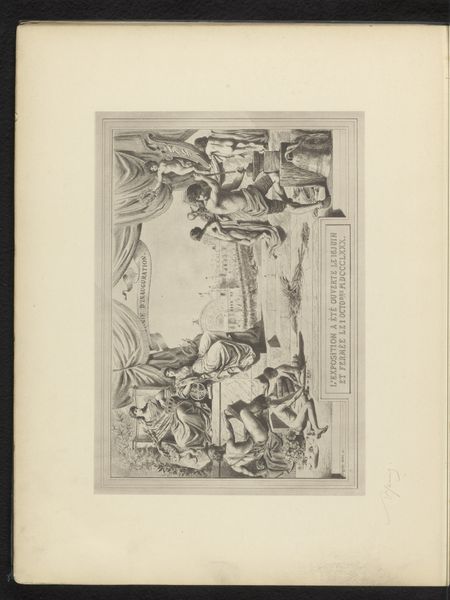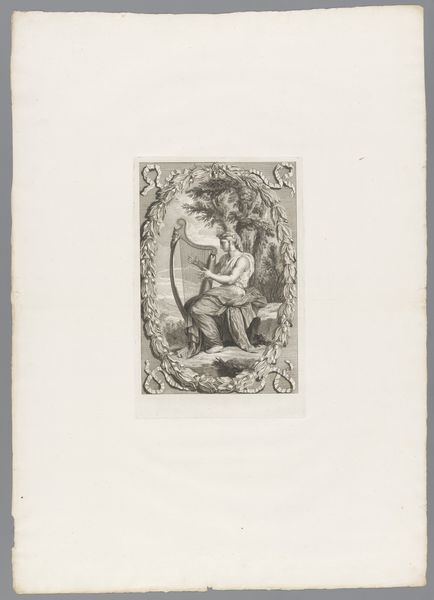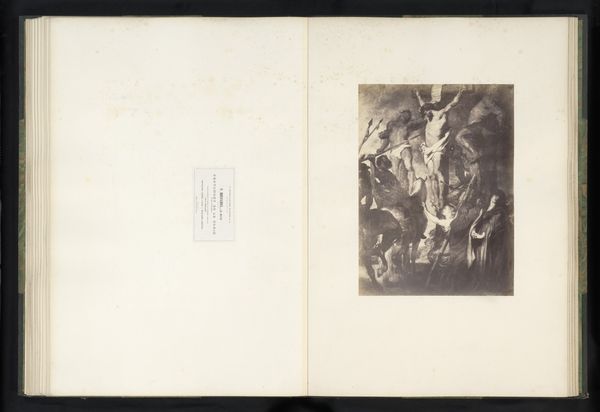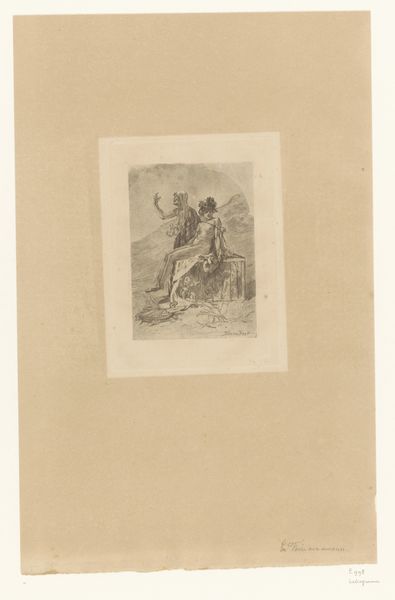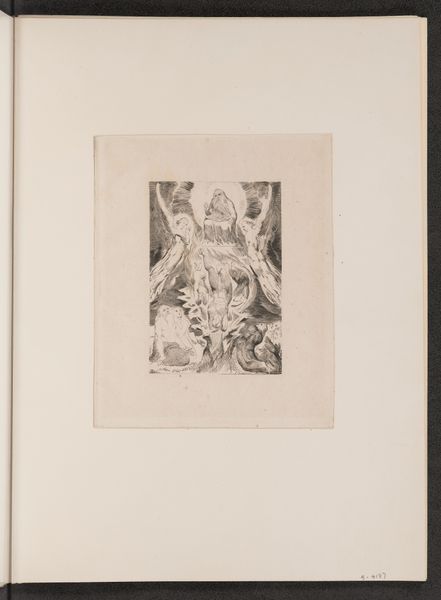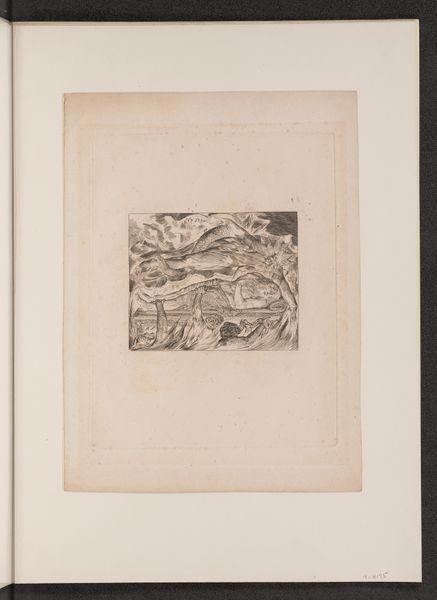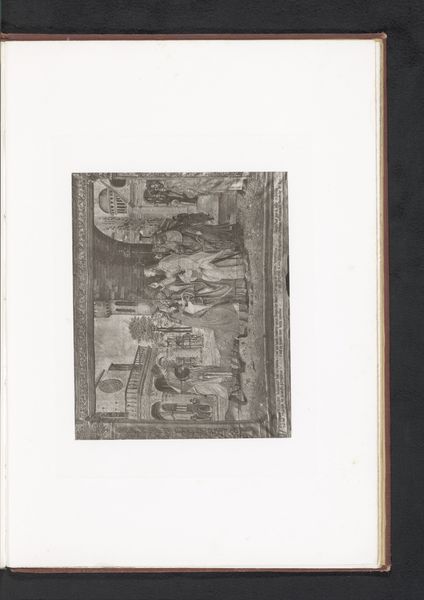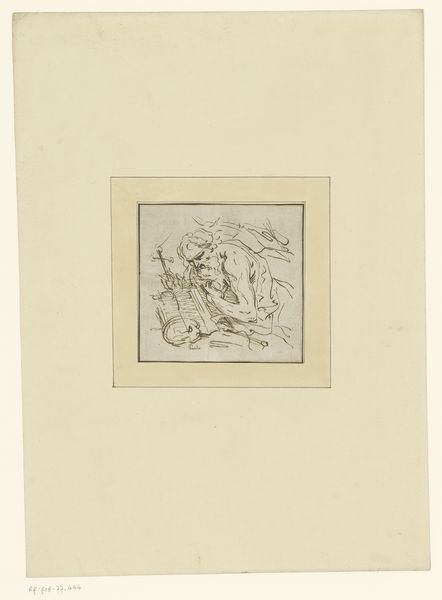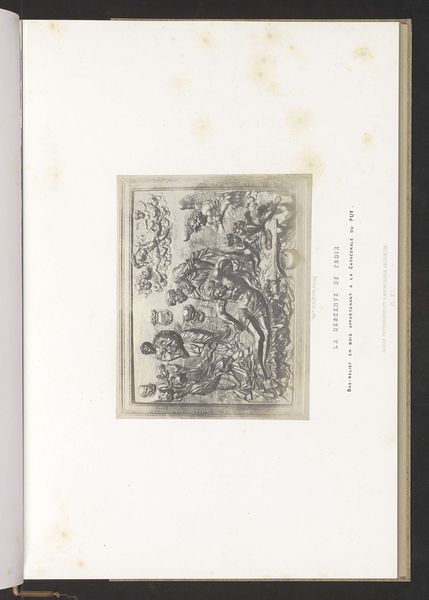
Reliëf van een ruiter te paard die met een draak vecht, van de San Marco in Venetië before 1885
0:00
0:00
drawing, print, relief, bronze, photography, gelatin-silver-print
#
portrait
#
drawing
#
medieval
# print
#
relief
#
bronze
#
photography
#
gelatin-silver-print
#
history-painting
Dimensions: height 393 mm, width 311 mm
Copyright: Rijks Museum: Open Domain
Editor: We're looking at a gelatin silver print, taken before 1885 by Carl Heinrich Jacobi, depicting a relief from the San Marco in Venice. It's titled, rather dramatically, "Relief of a horseman fighting a dragon." The image has this slightly eerie, washed-out quality, which almost gives the scene a dreamlike feel, like something from a medieval tapestry. What strikes you about this piece? Curator: Dreamlike is a perfect word for it. Jacobi’s capture turns a solid bronze narrative into something ethereal, almost a half-remembered myth. I’m drawn to the contrast – the fierce energy of the knight battling this grotesque dragon, yet the image itself feels still and silent. Don't you find that peculiar? A story frozen, yet still breathing fire somehow. Editor: It is peculiar! Almost like the image is fighting against itself! Where does that tension come from, do you think? Curator: Part of it is, undoubtedly, the medium. Jacobi’s not just documenting, he’s *translating*. Bronze becomes light, sculpture becomes shadow. We’re twice removed from the ‘actual’ event – first the dragon slain, then the artist capturing it in relief, and lastly Jacobi, framing this struggle for a modern viewer. Photography lends it a scientific weight, while its subject lives in the realm of legends. Which truth are we seeing here? The camera’s, the sculptor's, or perhaps something altogether new? Editor: Wow, so many layers! So it's less about the literal story, and more about the way it’s *told*, and *re-told* through different mediums? Curator: Precisely. It reminds me that every image, every artwork, is a kind of translation. And every time we look, we're creating another version of the story. It becomes personal, almost like we co-authored the experience. Editor: That’s a really interesting way of thinking about it. I’ll never look at photographs the same way again. Curator: Wonderful. I am so glad! Perhaps next time we will consider whether we should have!
Comments
No comments
Be the first to comment and join the conversation on the ultimate creative platform.
